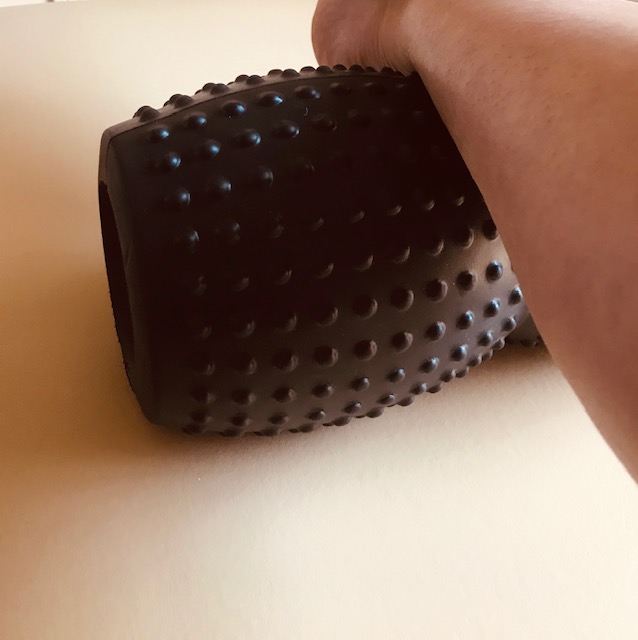WALKNG…..It’s a gentle, low-impact form of exercise suitable for people of all ages and most abilities and its FREE.
So how is it good for you?
- It strengthens your heart
Regular walking has been shown to reduce your risk of heart disease and stroke. It lowers levels of LDL (bad) cholesterol while increasing levels of HDL (good) cholesterol and keeps blood pressure in check.
According to the Stroke Association, walking briskly for up to 30 minutes can help prevent and control the high blood pressure that can cause strokes – reducing your risk by up to 27 per cent.
- It lowers disease risk
As well as heart disease, a walking habit can slash your risk of developing type 2 diabetes, asthma and some cancers.
- It keeps weight in check
Walking will help manage your weight by using calories.
- It can help prevent dementia
Regular exercise reduces dementia risk by up to 40 per cent. According to Age UK, older people who walk six miles or more per week could avoid brain shrinkage and so preserve memory as the years pass.
- …and osteoporosis, too
Walking is a weight-bearing activity and helps to stimulate and strengthen bones, increasing their density which is really important, especially for women. It also helps maintain healthy joints so may stave off conditions such as arthritis.
- It tones your legs, bum – and tum
A good walk can help strengthen and shape your legs, giving definition to calves, quads, hamstrings and lifting your glutes (buttock muscles) – especially if you add hills. But if you really pay attention to your posture as you walk, it can tone your abs and whittle your waist, too.
- Let’s not forget your arms
With faster walking try focusing on moving the arms purposefully back and forth, this can help to tone the upper arms – good bye bingo wings!
- It boosts your vitamin D levels
If you’re walking outside in daylight, you’ll be boosting your body’s stores of vitamin D, a nutrient that’s hard to get from food, but that we can synthesise from exposure to sunlight. Many people in the UK are deficient in vitamin D and it’s a nutrient that plays a big role in everything from bone health to immunity.
- It gives you energy
It might seem like a paradox (and the last thing you might feel like) but a brisk walk is one of the best natural energizers around. It boosts circulation and increases oxygen supply to each and every cell in your body, helping you to feel more alert and alive. It wakes up stiff joints and eases muscle tension so you feel less sluggish. Always have a mid-afternoon energy slump at work? Head out for a walk at lunchtime instead of sitting in a café or at your desk and see what a difference it makes.
- It makes you happy
The ability of exercise to boost mood is undisputed. Studies have shown regular, moderate-intensity exercise (such as brisk walking) to be as effective as antidepressants in cases of mild to moderate depression. Getting active releases feel-good endorphins into the bloodstream, reducing stress and anxiety.






